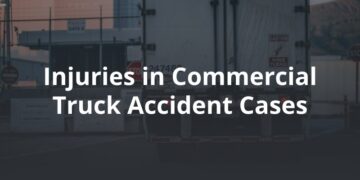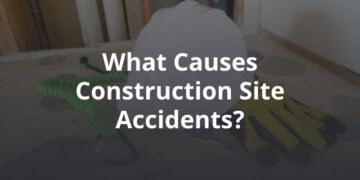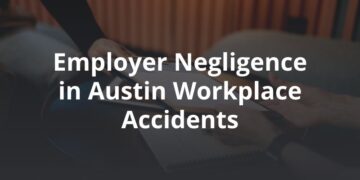Infrastructure and roadway experts are worried. America’s highways and roads are in a dangerous state of disrepair, urgently in need of improvements in order to meet demand and keep drivers, cyclists, and pedestrians safe.
The American Society of Civil Engineers (ASCE) assigned the country’s infrastructure a cumulative D+ grade on its 2017 Infrastructure Report Card, the same grade it gave in 2013, the last time the report was compiled. More specifically, bridges, roads, and public transit received grades of C+, D, and D-, respectively. The report estimated that approximately 21 percent of all US highways were in need of pavement improvements, causing $120.5 billion in additional vehicle repairs and maintenance. The writers further speculated that aging roadways might be behind America’s rising traffic fatality rate, which increased by seven percent between 2014 and 2015.
Other experts agree: the analyst group McKinsey & Company estimated that our roadways would require a total of 11.4 billion in spending between 2016 and 2030 to bring roads up to date and keep pace with projected demand. In 2016, The World Economic Forum ranked US infrastructure tenth in the world, a massive drop since our ranking of fifth place in 2013.
Crumbling roads and bridges have their toll on human life: in 2007, a bridge on I-35 between Minneapolis and St. Paul collapsed unexpectedly, causing thirteen deaths and 145 injuries. It’s estimated that poor road conditions contribute to around 14,000 highway fatalities annually, which resulted in approximately $11.4 billion in medical expenses in 2013.
At FVF, we are unwavering advocates for improvements that bolster traffic safety in our nation. Today, we take a look at some of the most urgently needed upgrades, and why these changes are absolutely vital to protect drivers and other road users.
The Most Meaningful Improvements to American Roadways
Although many roadways require a complete overhaul before they meet minimal standards for safety, there are several actions that would have a huge impact on highway congestion, accident rates, traffic fatalities and injuries overall:
- Address potholes and pavement conditions. According to the ASCE, one out of every five miles of highway pavement is in poor condition. Previously, FVF wrote about how neglected roads contribute to car accidents. In that article, we quoted a study from the Pacific Institute for Research and Evaluation, which estimated that road conditions contribute to more than 22,000 traffic fatalities every year and factor into 38 percent of non-fatal injuries. Potholes, in particular, can cause serious accidents, causing drivers to lose control of their vehicles and potentially collide with other cars on the road. Even when potholes do not directly contribute to an accident, they can cause injuries: it’s estimated that a deep pothole has the impact of a collision at 35 mph. Clearly, improving pavement conditions would have a direct effect on highway safety.
- Update highway bridges. Nearly 56,000 bridges across the US are considered structurally deficient, according to an analysis of the US DoT’s 2016 National Bridge Inventory. Nearly 30 percent of the nation’s bridges are over 50 years old and have had no meaningful reconstruction projects. Bridge collapses are rare, but when they occur, they can have disastrous consequences: a 1987 maintenance-related bridge failure on the New York State Thruway killed at least 10 people. Experts concluded that the I-35 collapse in Minnesota, which caused nearly 150 injuries, could be tied directly to neglected maintenance. Inspectors had marked the bridge in poor condition for 17 years.
- Make changes to ease congestion. American commuters spend an extra 54 hours a year stuck in traffic, while drivers in the 15 most congested cities lose an average 83 hours annually to congestion. Not only do those conditions frustrate commuters and impact our national productivity, they also contribute to accidents. Traffic crashes cost drivers approximately $299.5 billion each year — or an average $6 million per accident fatality and $126,000 per injury. Crashes occur at higher rates between 4:00 to 6:00 pm Monday through Friday, when traffic is at its worst. Individual strategies to ease congestion depend on the specific environment of the road in question, but widening lanes, eliminating bottlenecks, and — most importantly — committing to regular highway improvements could go a long way to reduce accidents.
The good news is that lawmakers have started to pay attention to infrastructure conditions: this year, congressional leaders agreed on a $2 trillion plan to address aging infrastructure. However, it will take even more negotiating — and years of construction — for those improvements to take shape.
If you have been injured in a collision, you need answers now. Our car accident lawyers at FVF are here to help. We’ll investigate whether or not poor road maintenance was a factor in your accident — and will work to hold parties responsible for their negligence. We offer a free case evaluation for all accident victims to help them decide how best to proceed with their case. Contact us today to schedule your consultation.






